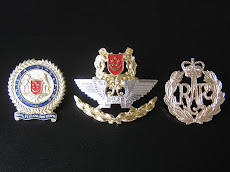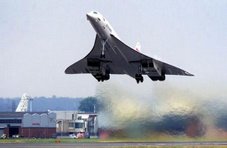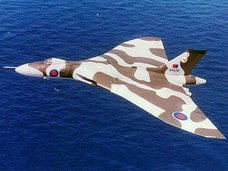Singapore's 1st F-15 'Eagle' flies
 by Derek Yeo - SINGAPORE - 3 November 2008
by Derek Yeo - SINGAPORE - 3 November 2008
Boeing Vice-President for Global Strike Systems, Mr Dan Korte said, "The F-15SG for Singapore moves the RSAF into the next generation of fighter aircraft capability." Mr Mark Bass, Boeing's F-15 Program Vice-President elaborated on the point. "The F-15SG has significant capabilities that will allow the RSAF to expand into new missions with new capabilities."
The aircraft derives cutting-edge killer features from its Integrated Sensor Suite (ISS). The ISS, comprising an Active Electronic Scan Array (AESA) radar and advanced Sniper targetting pod, provides long-range air-to-air and air-to-ground firepower.
F-15SG No 1 flew on her maiden flight on September 16 from Lambert International Airport, St Louis. Boeing will flight-test it now over the next one year at its facilities here and in Palmdale.
Twenty-four F-15SGs are on schedule for delivery to Singapore F-15SG delivery to the RSAF will start from March 2009. Deliveries are expected to complete by 2012.
F-15SG Eagles will equip the front-line air defence of Singapore in the coming decades. Meanwhile, the RSAF plans to station its F-15SGs at its detachment base in Idaho for training and joint-manoeuvres with the USAF. Singapore-United States defence ties are at their strongest.
Currently, more than 1500 F-15s of several variants are flying with a number of air forces. [See Note]
Note:
F-15s beefed up the following air forces:
Royal Saudi Air Force
United States Air Force
Republic of Korea Air Force
Israeli Air Force
Japan Self-Defence Air Force
SOURCE: The Boeing Company
Copyright©2007– 2008 AIRMENews™. All rights reserved.









